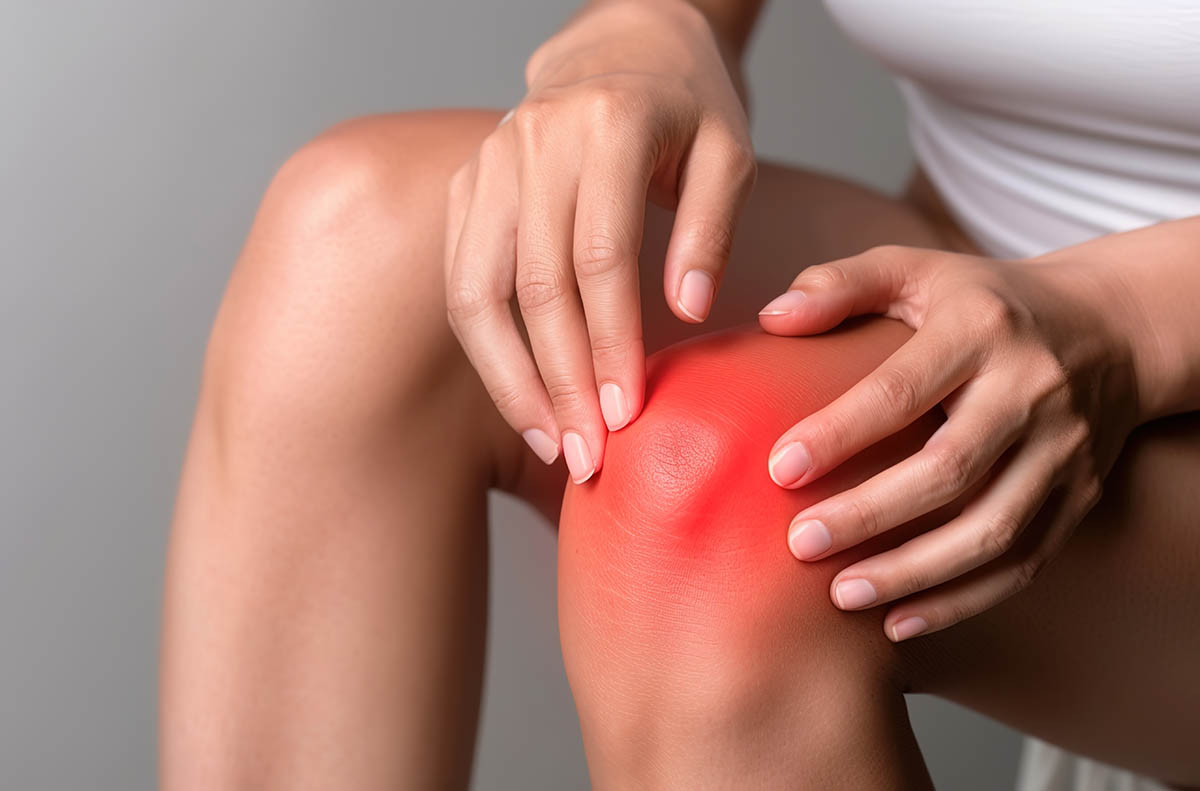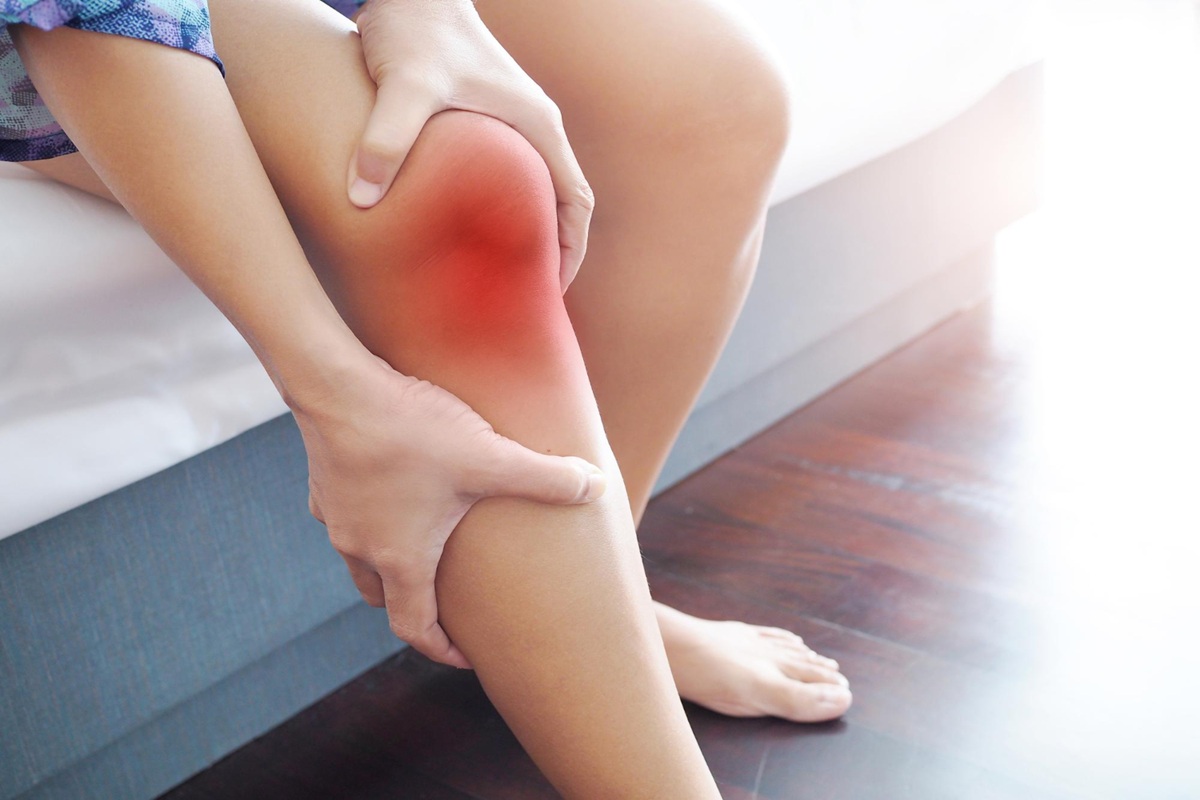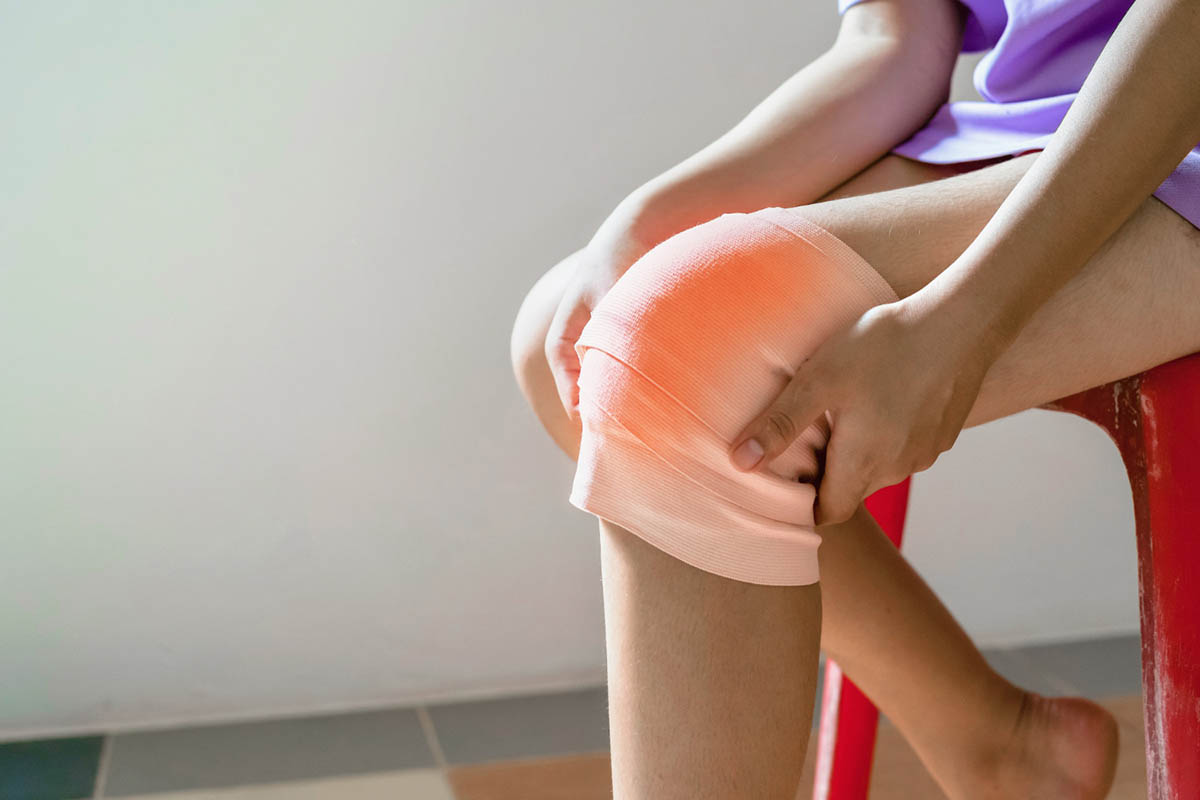Knee pain is a common ailment affecting people of all ages and activity levels. Whether it’s a minor discomfort or a chronic issue, knee pain can impact everything from your daily routine to your ability to stay active. One particularly troubling form is the burning sensation in the knee, which can be a sharp, persistent pain that interferes with mobility. This knee pain burning sensation can indicate various underlying issues and should not be ignored. Understanding the causes and how to treat burning knee pain is crucial for managing and preventing further complications.
In this article, we’ll cover the potential causes, symptoms, and treatment options for burning knee pain, including when it’s time to seek help from physical therapy services. If you’re experiencing burning pain in your knee, read on to learn more about what may be causing it and how you can start your journey to relief.
What is Burning Knee Pain?
Burning knee pain is often a result of inflammation, injury, or nerve-related issues. This pain can occur in different areas of the knee—whether it’s a burning pain behind the knee, in the front, or along the sides. Sometimes, people also experience knee pain from sciatica, which may radiate down from the lower back to the knee, adding to the discomfort.
Knee pain affects nearly half of the population, with a prevalence rate of approximately 46.2%, impacting women (58%) more than men (32.2%). Additionally, this prevalence tends to increase with age in women, while men’s knee pain rates remain more stable over time. Such widespread occurrence underscores the importance of seeking treatment for knee pain, particularly when it presents as a burning sensation that could signal underlying conditions.
When left untreated, burning knee pain can worsen, leading to more serious injuries or chronic mobility limitations. Treatment is often necessary to manage symptoms, restore joint stability, and improve overall function.
Common Causes of Burning Knee Pain
Burning knee pain can result from multiple causes, ranging from acute injuries to overuse injuries and structural issues. Here are some of the most common causes, broken down by where the pain is felt.
Burning Pain in the Front of the Knee
Knee pain over the front side of the joint, is frequently related to issues within the patellar region and may result from conditions that impact the kneecap or surrounding structures.
- Tendonitis: Patellar tendinitis, also called “jumper’s knee,” is caused by inflammation in the tendons that connect the kneecap to the shinbone. Repetitive stress from jumping, running, or other high-impact activities can lead to tendonitis, causing a burning pain in the front of the knee.
- Chondromalacia: This condition refers to the softening and breakdown of the cartilage under the kneecap. It often results from a patellar tracking issue where the kneecap doesn’t move smoothly in its groove. The friction caused by misalignment can lead to burning knee cap pain, especially during activities like climbing stairs or squatting.
- Patellofemoral Pain Syndrome: Known as runner’s knee, this condition often arises from overuse, muscle imbalances, or weak hip abductors. The improper movement of the kneecap causes irritation and can create a burning sensation in the front of the knee, especially after prolonged activities.
- Bursitis: Inflammation of the bursa (a fluid-filled sac that cushions joints) can cause a burning pain when kneeling or bending. Knee bursitis is often due to repetitive pressure or strain, causing swelling, redness, and warmth in the affected area.
- Nerve Injury: Sometimes, a nerve compression around the knee joint can lead to a burning sensation. Most often, the nerves that are involved are the femoral and saphenous nerves. This pain may radiate to different areas of the knee and can worsen with certain movements.
- Knee Arthritis: Osteoarthritis, the most common type of knee arthritis, involves the gradual breakdown of joint cartilage. As the cartilage wears down, the bones in the joint rub together, creating a burning pain in the knee, often accompanied by stiffness and aching.
Osteoarthritis (OA) of the knee, a common cause of chronic knee pain, affects about 13% of women and 10% of men aged 60 and older, leading to stiffness, a burning sensation, and limited mobility. With OA being particularly common among older adults, this condition frequently results in persistent burning pain and warrants early management to prevent further deterioration and enhance quality of life.
Burning Pain on the Side of the Knee
- Iliotibial Band Syndrome (ITBS): This condition, common among runners and cyclists, involves the inflammation of the iliotibial band, a ligament running along the outer thigh and knee. Muscle imbalances can cause friction, leading to a burning sensation along the side of the knee.
- Pes Anserine Bursitis: Located on the inner side of the knee, this bursitis is typically caused by repetitive strain or poor movement mechanics. Pain is often felt as a burning sensation on the inside of the knee, exacerbated by activities like climbing stairs or carrying heavy loads.
Burning Pain Behind the Knee

- Overuse: Overuse-related injuries from activities like running or jumping can cause burning pain behind the knee. This pain is often the result of inflammation from repeated strain, leading to tenderness and aching.
- Knee Ligament Tear: Injuries to the ligaments, such as the ACL or PCL, often cause pain, swelling, and a persistent burning sensation behind the knee. These injuries are common in high-impact sports and may require medical treatment.
- Knee Cartilage Tear: Meniscus tears and other cartilage injuries often produce burning pain due to friction within the joint. Pain from cartilage injuries can be more intense with movements like twisting or pivoting.
- Baker’s Cyst: A fluid-filled cyst behind the knee, usually related to joint inflammation, can lead to burning pain, especially when the knee is bent. Baker’s cysts are often associated with arthritis or injury.
Symptoms of Burning Knee Pain
The symptoms accompanying burning knee pain can vary but are often a good indicator of the underlying issue. Here are some symptoms to look for:
Deep Achiness
A deep, persistent ache in the knee joint may suggest arthritis or other forms of joint damage.
A Pins-and-Needles Sensation
A tingling or pins-and-needles sensation can indicate nerve compression or irritation, often associated with nerve damage around the knee.
Stiffness and Swelling
Swelling can restrict mobility and make it difficult to bend or straighten the knee, contributing to the overall burning sensation.
Redness
Redness around the knee joint often points to inflammation, whether from an acute injury, bursitis, or arthritis.
Tenderness
Tenderness on specific points around the knee can suggest conditions like tendonitis or patellar tracking issues.
Limited Mobility
Limited range of motion is common with burning knee pain and can signal underlying issues with joint stability or muscle imbalances.
How to Treat Burning Knee Pain
Addressing burning knee pain, including burning pain behind the knee, requires a combination of methods to reduce pain, decrease inflammation, and restore strength. A comprehensive approach can help prevent the pain from worsening and support long-term knee health. Here are some effective treatment options:
Physical Therapy
A customized physical therapy program can improve knee stability, flexibility, and strength. Physical therapy services often focus on addressing muscle imbalances, weak hamstrings, and strengthening the core muscles. Therapists may use lower body nerve glides and joint stability exercises to improve function.
For individuals with knee osteoarthritis, incorporating a home-based exercise program has shown notable benefits for managing symptoms. Adding occasional clinical visits for manual therapy and supervised exercises can enhance the relief provided by home exercises, offering even greater improvement in symptoms and knee function. This approach allows individuals to gain strength and flexibility with professional guidance, which can make a significant difference in long-term outcomes.
Over-the-Counter Pain Medication
Nonsteroidal anti-inflammatory drugs (NSAIDs) like ibuprofen can help manage pain and reduce inflammation, offering a practical solution for occasional pain relief.
Knee Bracing
A knee brace can provide stability and support, especially helpful for those with ligament injuries or patellar-tracking sleeve issues. Braces can also prevent further strain on the knee.
Activity Modification
Adjusting activities to avoid overuse and prevent further strain on the knee is essential. Choosing low-impact exercises and modifying workout routines can reduce stress on the knee and alleviate symptoms initially. Seeking the help of a physical therapist can help you progress past this stage, and start to incorporate more advanced movements to get you back to your previous level of function.
Cortisone Injections and Advanced Treatments
In cases where other treatments do not relieve symptoms, cortisone injections may be used to reduce inflammation. Hyaluronic acid injections or arthroscopic surgery may also be recommended, especially for arthritis or advanced cartilage damage.
Preventing Burning Knee Pain

Preventing burning knee pain involves proactive steps that reduce stress on the knee joint and build resilience. Engaging in strengthening exercises that target the hip abductors, quadriceps, and core can help prevent muscle imbalances and improve joint stability, providing essential support to the knees. Wearing appropriate footwear with proper support also plays a critical role, as it helps absorb impact and reduces strain on the knees during daily activities, while ensuring optimal alignment of the hip/knee/ankle/foot. Additionally, incorporating warm-up and cool-down routines before and after physical activity helps prepare the muscles and joints, lowering the risk of strain and injury. Finally, maintaining a healthy weight is vital, as excess weight places added pressure on the knees, increasing the likelihood of arthritis and other weight-related knee conditions.
Get Knee Pain Relief with Austin Manual Therapy
Austin Manual Therapy provides specialized, evidence-based care for those suffering from burning knee pain that focuses on effective, personalized treatment plans to alleviate pain and restore mobility. With a team of skilled clinicians dedicated to addressing the root causes of knee issues, Austin Manual Therapy combines advanced manual therapy techniques and tailored physical therapy services to treat conditions like osteoarthritis, tendonitis, and runner’s knee. Blending hands-on care with targeted exercises they help patients reduce pain, increase joint stability, and regain their active lifestyle. Discover the difference a personalized approach to knee pain can make with Austin Manual Therapy.
Conclusion
Burning knee pain can be more than a mild inconvenience; it can be a sign of more serious underlying issues. Addressing knee pain promptly, whether it’s through physical therapy, activity adjustments, or consulting an orthopedist evaluation, can lead to lasting relief and improved quality of life. If you’re struggling with burning knee pain, don’t wait—take action today to protect your knee health and regain comfort and function.
FAQs
Why does my knee start burning?
Burning knee pain can result from various causes, including inflammation, nerve compression, overuse, or injuries to tendons, ligaments, or cartilage. Each cause can create a burning sensation in a specific area, whether it’s the front, back, or sides of the knee.
How do I stop my knees from burning?
Managing burning knee pain often involves the RICE method, NSAIDs, and physical therapy exercises to strengthen the knee. Consulting with a care team for an evaluation can also help you determine the best treatment options.
Is it better to rest or walk with knee pain?
For severe knee pain, rest is essential to allow healing initially. Low-impact activities like gentle walking can help maintain joint flexibility without causing further strain. Always consult a healthcare professional if the knee pain is persistent or worsening.





